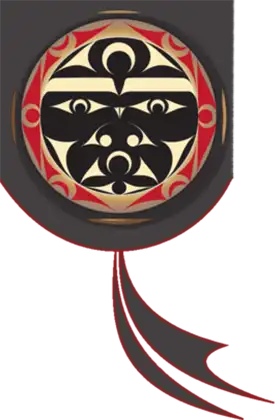Year: 2021
Lesson-3: Action Verbs
Lesson 3: Action Verbs
Question Words:
Sentences:
You may have noticed that there are prefixes added when constructing a sentence. The ʔu- in the front adds –ing to the verb. The ʔəs- prefix is known as a state of being, which also adds an –ing to the verb.
Lushootseed Language Community Lesson August 20, 2021
Lushootseed Teacher Lois Landgrebe talks about honoring ancestors and the places named after them.
Lushootseed Language Community Lesson August 19, 2021
Lushootseed teacher Lois Landgrebe talks about various ancestors and the work they did to contribute to Salish culture around Tulalip.
Lesson-2: Nouns and Articles
Lesson-2: Nouns and Articles
Questions:
Replies:
Cultural component: ʔi – hello (as in many Native American languages, can also mean “yes”)
